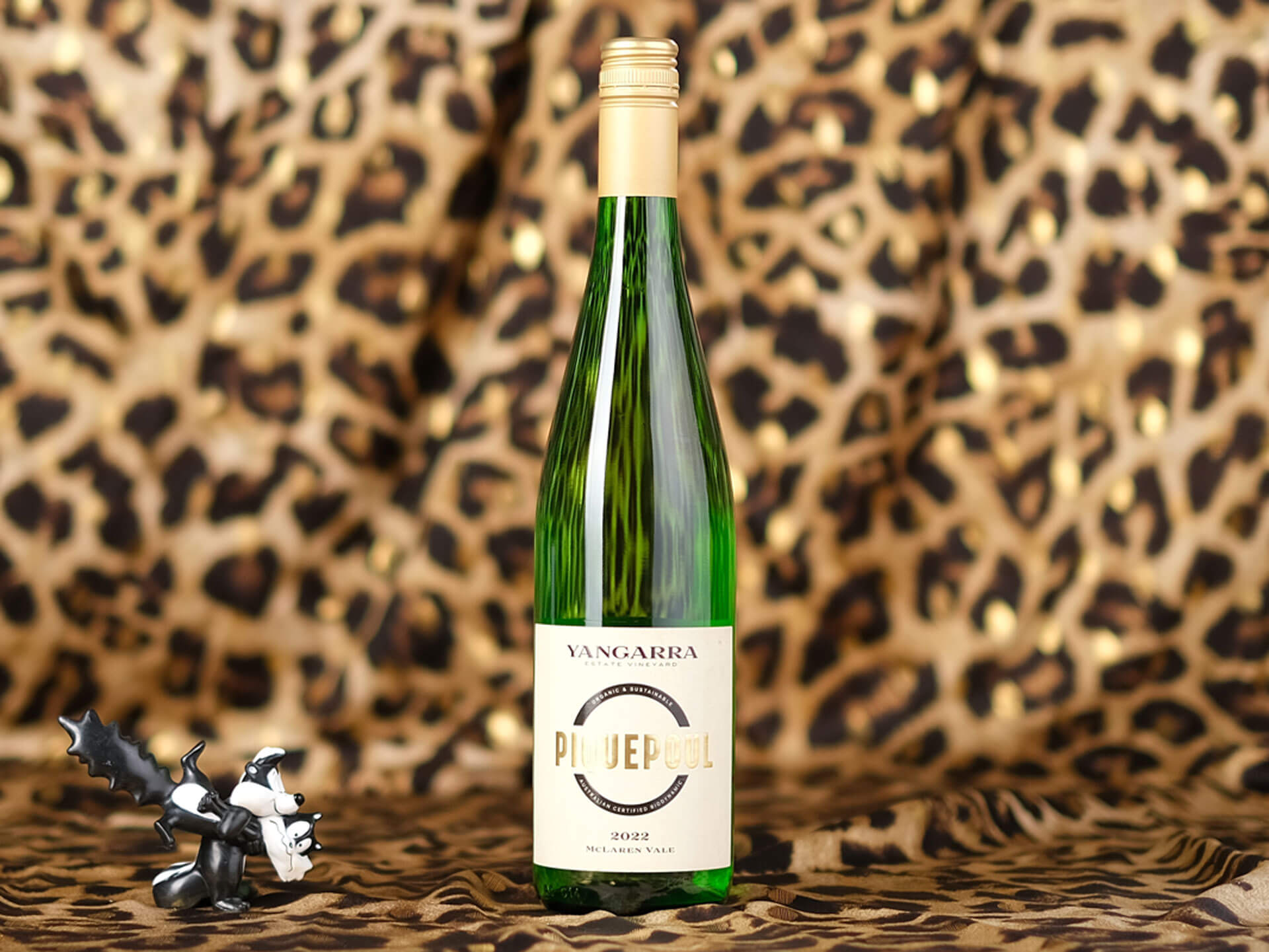A southern French variety that is only just getting an airing in this country, piquepoul typically makes straightforward, racy whites, built for seafood and slaking thirst. The first release of this variety from the biodynamic Yangarra, this has the appealing freshness of the variety paired with apple and citrus, but also an engaging mineral savouriness to up the interest.
Tasting note
This version of piquepoul leans a little more into the savoury, with earthy notes, sage and a distinct fennel seed and frond note to adorn the green apple canvas. Zippy, dry refreshment is still the order of the day, but a shaving off of the corners with some lees ageing take this away from any chance of aridity.
Themes of this wine
Piquepoul/Picpoul
Meaning something like “lip stinger” in dialect, piquepoul produces very zippy, light dry whites, principally from the Languedoc, and most famously from Pinet. It’s a wine that is ideally suited to the seafood from both the lagoon that sits to the east and the Mediterranean coast just beyond that. In Australia, plantings are fledgling, with both Yangarra and Coriole making notable expressions. Flavours generally sit in the apple and yellow-skinned citrus zone, with the elevated acidity a hallmark characteristic.
McLaren Vale
While it couldn’t feel any more removed from city life, the McLaren Vale wine region is inside Adelaide’s metropolitan area. And although the township itself is only 40 minutes by car from central Adelaide and vineyards brush up against ever-encroaching housing, McLaren Vale remains unaffected by the urban sprawl. With deeply etched history, the Vale has a slow-paced sense of calm and an extraordinary wealth of untrammelled beauty. It is home to some of this country’s most beautifully pristine beaches, as well as some of the world’s most forward-thinking grape-growers and winemakers. And with over 80 cellar doors, it is an essential destination for wine lovers – and anyone else, for that matter.
Biodynamic
An organic farming method created by Rudolph Steiner in the 1920s, biodynamics is a slightly mystical approach, employing elaborate organic ‘preparations’ to restore the natural balance of the soil and encourage microorganisms. It also observes the lunar cycle to prescribe actions in the vineyard and winery. Why some of it works is not clearly understood, but it is used by some of the world’s greatest producers.



